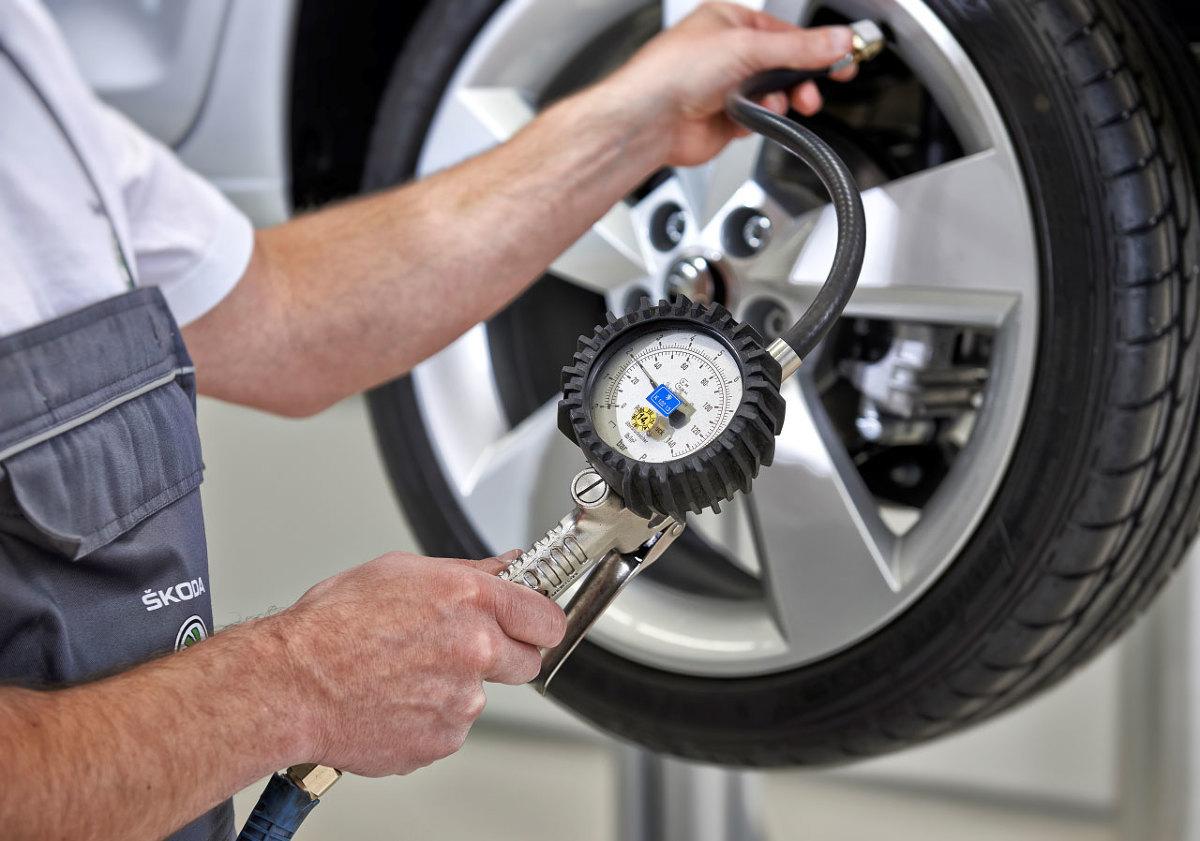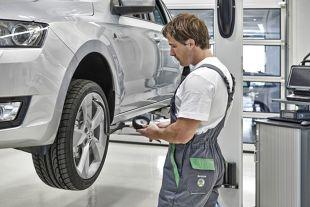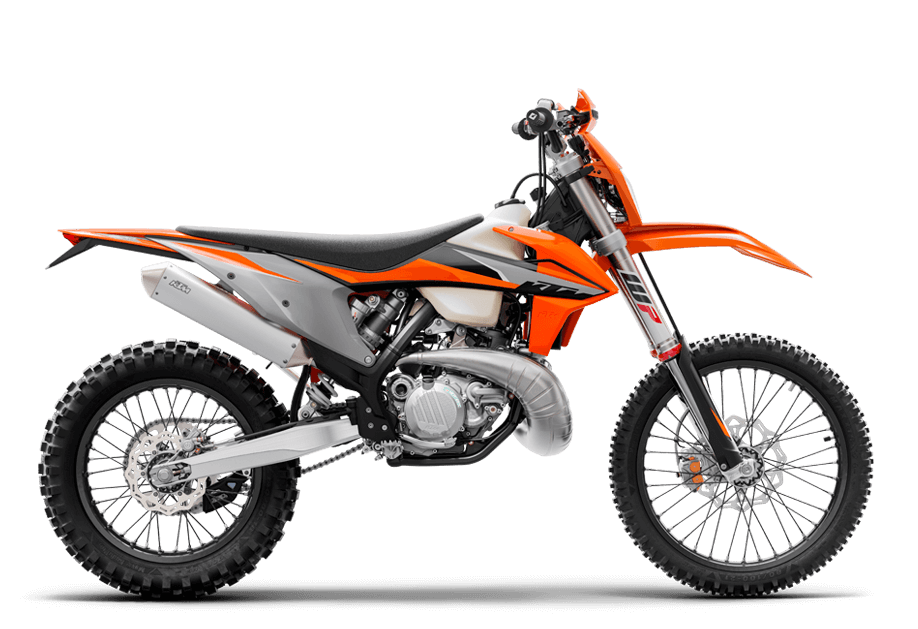
Tire pressure. Also relevant in summer
 Many drivers find that tire pressure should be checked more frequently in winter than in summer. This is mistake. In the summer, we drive a lot more and cover long distances, so the correct tire pressure is of great importance.
Many drivers find that tire pressure should be checked more frequently in winter than in summer. This is mistake. In the summer, we drive a lot more and cover long distances, so the correct tire pressure is of great importance.
The notion that blood pressure should be measured more frequently in winter than in summer was probably due to the fact that the colder months are a harder time for both the car and the driver. Therefore, this situation requires more frequent checks of the main components of the car, including tires. Meanwhile, the tires also work in difficult conditions in summer. High temperatures, heavy rains, high mileage, and the vehicle being loaded with passengers and luggage require periodic pressure checks. According to Moto Data, 58% of drivers rarely check their tire pressure.
 Too low or too high tire pressure affects driving safety. Tires are the only parts of a car that come into contact with the road surface. Skoda Auto Szkoła experts explain that the area of contact of one tire with the ground is equal to the size of a palm or a postcard, and the area of contact of four tires with the road is the area of one A4 sheet. Thus, correct pressure is essential when braking.
Too low or too high tire pressure affects driving safety. Tires are the only parts of a car that come into contact with the road surface. Skoda Auto Szkoła experts explain that the area of contact of one tire with the ground is equal to the size of a palm or a postcard, and the area of contact of four tires with the road is the area of one A4 sheet. Thus, correct pressure is essential when braking.
Under-inflated tires have uneven tread pressure on the surface. This has a negative effect on tire grip and, especially when the car is heavily loaded, on its driving characteristics. Stopping distances increase and cornering traction drops dangerously, which can lead to loss of vehicle control. In addition, if a tire is under-inflated, the vehicle's weight is shifted onto the outside of the tread, thereby increasing the pressure on the sidewalls of the tires and their susceptibility to deformation or mechanical damage.
– Increased braking distance of a car with depressurized tires. For example, at a speed of 70 km/h, it increases by five meters, explains Radosław Jaskolski, instructor at Skoda Auto Szkoła.
Excessive pressure is also harmful, since the contact area of the tire with the road is smaller, which affects the oversteer of the car and, as a result, traction. Excessively high pressure also causes deterioration of damping functions, which leads to a decrease in driving comfort and contributes to faster wear of the vehicle's suspension components.
Incorrect tire pressure also increases the cost of running a car. Firstly, tires wear out faster (up to 45 percent), but fuel consumption also increases. It has been calculated that a car with tires 0,6 bar lower than the correct tire consumes an average of 4% more fuel.
 When the pressure is 30 to 40 percent too low, the tire can heat up while driving to such a temperature that internal damage and rupture can occur. At the same time, the tire inflation level cannot be assessed “by eye”. According to the Polish Tire Industry Association, in modern tires, a visible decrease in tire pressure can only be noticed when it is missing by 30 percent, and this is already too late.
When the pressure is 30 to 40 percent too low, the tire can heat up while driving to such a temperature that internal damage and rupture can occur. At the same time, the tire inflation level cannot be assessed “by eye”. According to the Polish Tire Industry Association, in modern tires, a visible decrease in tire pressure can only be noticed when it is missing by 30 percent, and this is already too late.
Due to safety concerns and the inability of drivers to regularly check pressure, car manufacturers use tire pressure monitoring systems. Since 2014, every new car sold in the European Union must have such a system as standard.
There are two types of tire pressure monitoring systems - direct and indirect. The first was installed on high-end cars for many years. Data from sensors, most often located at the tire valve, is transmitted via radio waves and displayed on the screen of the on-board monitor or car dashboard.
Medium and compact vehicles use an indirect TPM (Tire Pressure Monitoring System). This is a cheaper solution than a direct system, but just as effective and reliable. The TPM system is used, in particular, on Skoda models. For measurements, wheel speed sensors used in ABS and ESC systems are used. The tire pressure level is calculated based on the vibration or rotation of the wheels. If the pressure in one of the tires drops below normal, the driver is informed about this by a message on the display and an audible signal. The vehicle user can also check the correct tire pressure by pressing a button or by activating the corresponding function in the on-board computer.
So what is the correct pressure? There is no single correct pressure for all vehicles. The vehicle manufacturer must determine which level is appropriate for a given model or engine version. Therefore, the correct pressure values must be found in the operating instructions. For most cars, this information is also stored in the cabin or on one of the body elements. In the Skoda Octavia, for example, pressure values are stored under the gas filler flap.
And one more thing. The correct pressure also applies to the spare tire. So if we are going on a long vacation, check the pressure in the spare tire before the trip.
